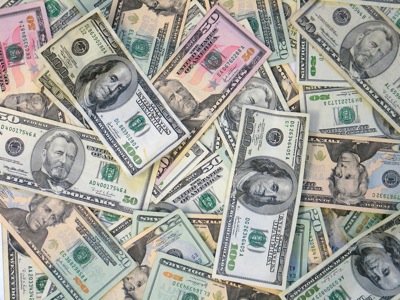Years ago, the Antiplanner met some students from the Maxwell School of Public Administration. I asked them what they learned at the school.
“We learned about the Golden Triangle,” they said. That sounded suspiciously like the Iron Triangle, a concept used by public-choice economists to describe the natural alliance between elected officials, bureaucrats, and special interest groups: the elected officials fund bureaucracies, who pass money and resources to the special interest groups, who donate money to the elected officials’ political campaigns.
According to the students, the Golden Triangle “is bureaucrats, elected officials, and special interest groups — with bureaucrats at the apex of the triangle, running things.” Does the Maxwell School think this is a good thing? “It’s an ideal to be achieved, but we haven’t gotten there yet,” they said.










